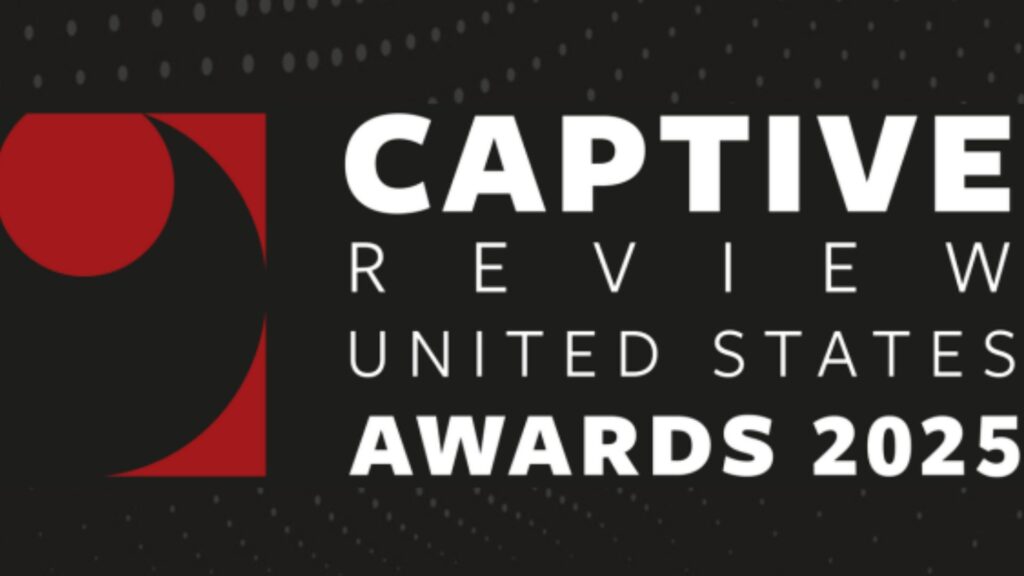As seen in the New England Benefits Council (NEEBC) blog.
We are one year into eligible Massachusetts employees being able to apply for paid leave benefits under the Massachusetts Paid Family and Medical Leave (PFML) program. Although stats for the MA PFML Rookie Year have not been released yet, the first six months were telling:
- Over 53,000 applications, with 23% being denied
- 58% of applications were related to medical leave and the remaining for bonding, given that care for a family member with a serious illness was not yet a covered reason
- Only 18 applications for military exigency leave and 6 applications to care for a service member
- Employees aged 30-39 submitted the most applications (35%) and more than twice as many women applied for leave, compared to men
- Average weekly benefits were $705.98 for family leave and $699.00 for medical leave
- Turnaround times, once the Department of Family and Medical Leave (DFML) received all data including employer responses, took a median of 12 days to make a claim determination
- Average duration of leave was 53 days (57 days for medical leave and 51.5 days for family leave)
- Total benefits paid was equal to about $168 million (about $92 million for medical and $76 million for family leave)
While we await data for season of 2021, let’s dissect the highs and lows and see if MA PFML has a shot at Rookie of the Year!
Let’s start with the highs:
The plan appears to be running at a sustainable level with sufficient funding, indicated by a reduction in contribution rates, which is good for residents of the Commonwealth.
Employers were able to successfully create private plans without significant hurdles in the process, allowing MA firms to continue their history of rich benefit designs without negatively impacting corporate plans.
Massachusetts has been a strong example of early and broad education of the program. Individuals in the state were told about benefits that may be available to them in plenty of time before the program went live, giving them the opportunity to ask questions and better understand what their experience might be in the case they need leave. The state hosted various webinars to different audiences, providing real time information and continuous updates on the status of the program’s launch. The website houses a multitude of helpful information and is continually updated. For questions not answered in these channels, individuals may also call the DFML for benefit questions or the Department of Revenue (DOR) for questions concerning private plans or contributions, and the state is typically always able to answer even in-depth questions.
While the state has had multiple home runs implementing a PFML program, just like evaluating Rookies of the Year like Jonathan India and Kyle Lewis, we need to think of the swing-and-a-miss situations as well. The most significant strike for the MA PFML was their system:
- The system for PFML administration continues to lag with the most significant unexpected deficiency likely related to their inability to handle intermittent leaves which are the most challenging and frustrating for employers.
- Employer access was an obstacle, leaving employers without the ability to “monitor” claims or have insight into the status at a time when COVID claims and time away from work were skyrocketing.
- Another systematic issue was linking contribution with plans. Since contributions are due at the close of the quarter, claims could be reported prior to contributions being paid. Unfortunately, those triggered denials as employers struggled to notify the state, register and swap from private plans to the state plan. Employees were given conflicting information as employers tried to resolve this gap in “coverage.”
Just like anyone’s first year in the pros, our first year with MA PFML threw us curveballs we did not expect, and as a result, we have learned some important lessons. The ever-evolving landscape of PFML laws has put pressure on employers with employees across the country, as they try to meet employee needs while balancing corporate responsibilities and equity. As we all become more seasoned players in this complex game of leave, Spring has outlined some best practices for employers handling PFML:
- State plans should act as guidance for internal company policies. Mimicking a state plan could be restrictive as new programs emerge and existing programs evolve.
- Have a clear understanding of the definition of eligible employees under each statutory and/or federal law. Someone considered an employee in Massachusetts may not be considered an employee in Connecticut (e.g., 1099 contractors).
- All leave policies should be run concurrently, to the extent possible. The Federal Family and Medical Leave Act (FMLA) will generally run concurrently with MA PFML and other PFML laws when an employee meets the eligibility conditions of both plans.
- Private plans offer the most flexibility with plan provisions and aligning leave with other corporate leaves, however state plans seem to be simpler administratively. Carefully weighing these pros and cons is key to developing an adaptive leave program.
The replay we are watching the most, however, is that COVID-19 significantly increased the complexity of such a program. The need for leave has been exacerbated. Difficulty hiring employees has affected employers who must keep up productivity while more employees are away from their jobs, and the state had to administer a new leave program under less-than-ideal conditions. In addition, the tremendous growth of remote work has made it difficult for employers to determine where an employee may be eligible for leave.
Overall, workforces are evolving and regulations at the local, state and federal level need to be continually monitored. As we see benefits become available under new programs, such as CT PFML, and other states pass bills to develop PFML programs, such as New Hampshire and Maine, employers will need to assess their strategies and evolve accordingly.


